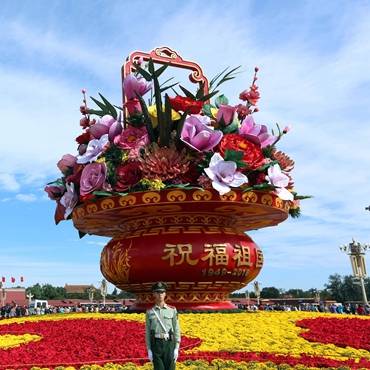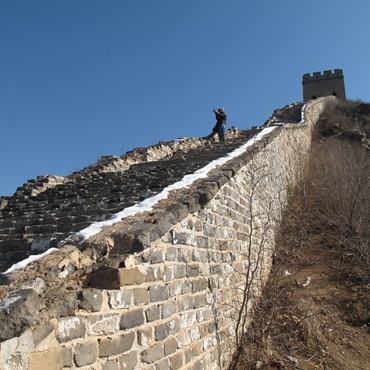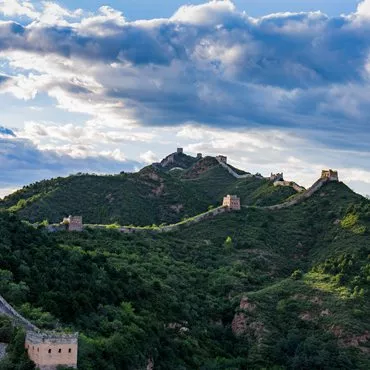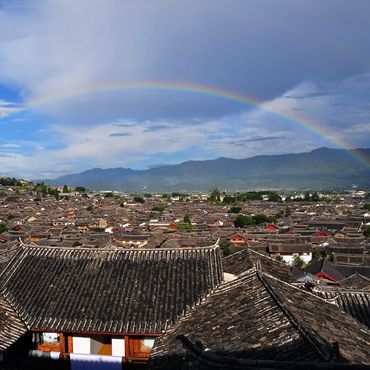Panjiayuan Antique Market
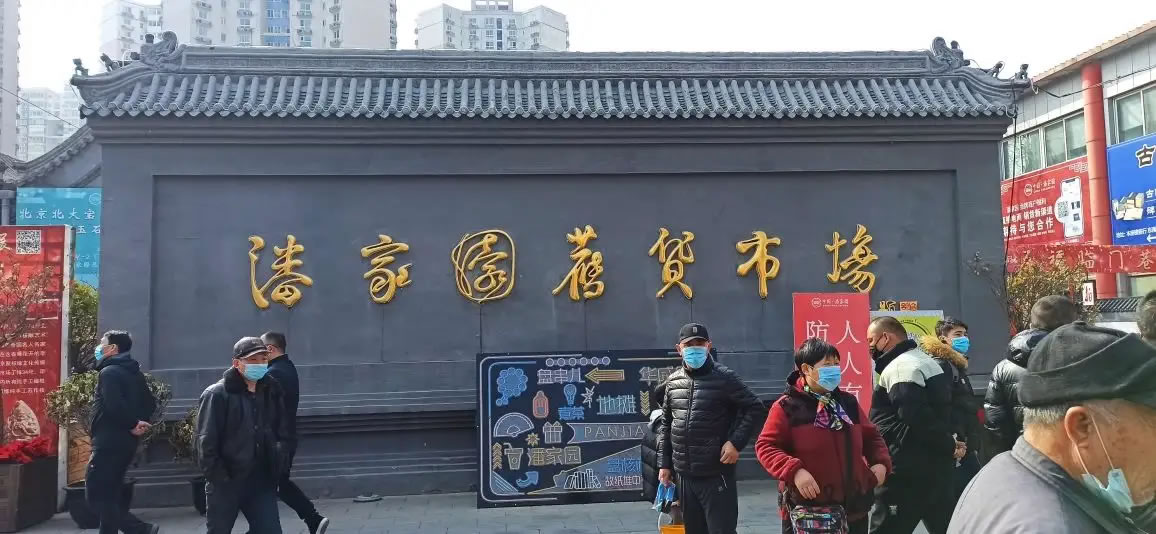
Located at the southeastern corner of Beijing's Third Ring Road, Panjiayuan Antique Market sprawls across an expansive 48,500 square meters, making it the largest of its kind in China. This bustling marketplace is not merely a collection of stalls but a vibrant tapestry where history, culture, and craftsmanship converge. Stepping into Panjiayuan feels like entering a treasure trove of the past, where every corner whispers tales of antiquity and artistic mastery.
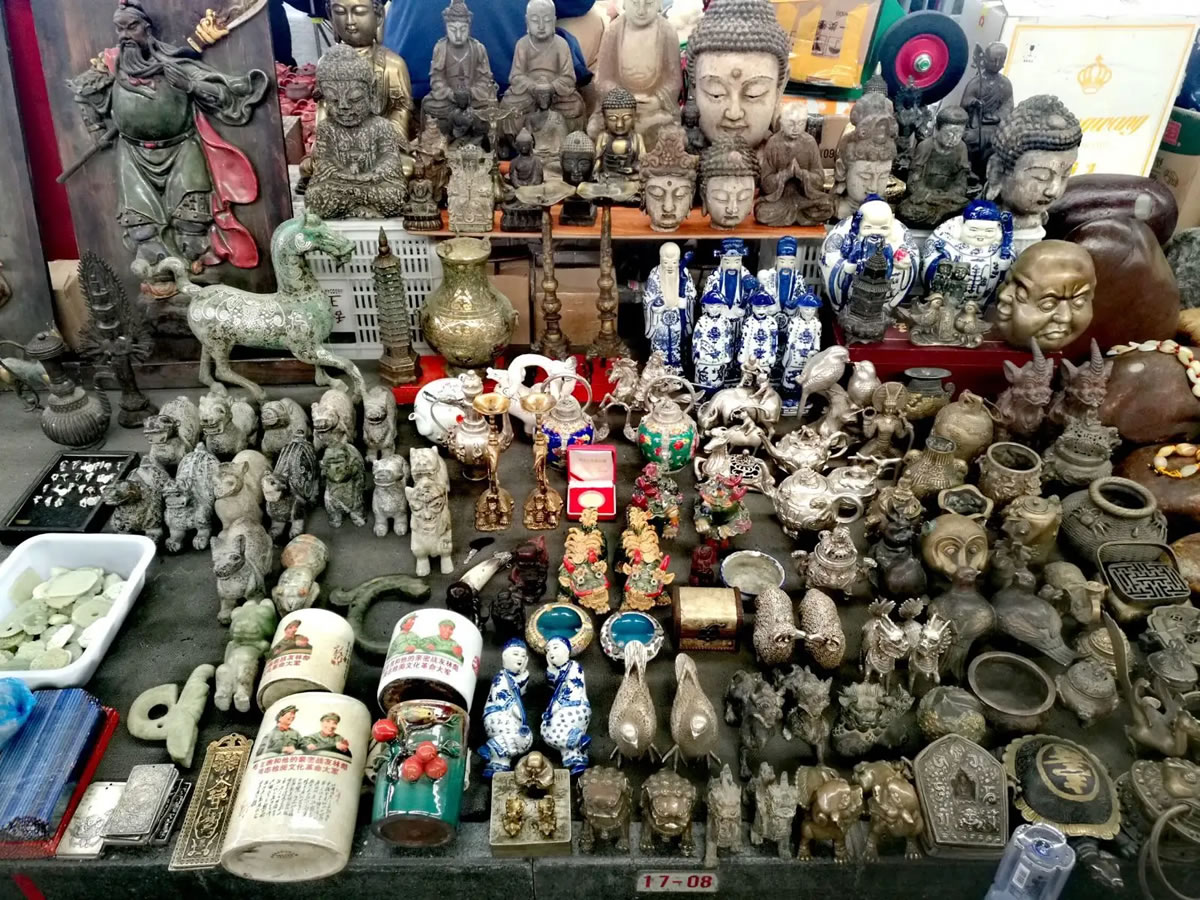
Originally established as a hub for trading antiques and cultural relics, Panjiayuan has evolved into a multifaceted haven for collectors, artisans, and history enthusiasts alike. Its labyrinthine alleys are lined with over 3,000 stalls and shops, each offering a kaleidoscope of rare finds—from exquisite jewelry and precious jade to meticulously crafted antique furniture and delicate stationery treasures.
The market's allure extends far beyond its sheer size and variety. It is a place where the essence of Chinese history and heritage is palpable, where visitors can immerse themselves in the rich tapestry of the nation's cultural legacy. Artisans from across China, spanning 24 provinces and municipalities and representing diverse ethnic backgrounds, gather here to showcase their craftsmanship and share their stories.
Among the market's many attractions are its renowned sections dedicated to specific treasures. The area specializing in ceramics and crafts is subdivided into four distinct zones, each offering a glimpse into different facets of Chinese artistry. The second zone, in particular, is a sanctuary for antique ceramics, where collectors and connoisseurs alike can marvel at the intricate designs and historical significance of these timeless pieces.
Panjiayuan is not merely a marketplace but a cultural phenomenon—an embodiment of China's deep-rooted appreciation for art, history, and craftsmanship. It has been aptly dubbed by the media as the "largest antique market in China," owing to its vast collection and historical significance. More than just a commercial hub, it serves as a melting pot of traditions and a testament to the enduring allure of Chinese antiquity.
Visitors to Panjiayuan are greeted by a sensory feast. The air is thick with the scent of aged wood and ancient scrolls, mingling with the faint aroma of incense from nearby temples. The market's layout, reminiscent of a bustling bazaar from centuries past, invites exploration and discovery at every turn. It is a place where hidden gems await those with a discerning eye and a passion for history.
Beyond its tangible treasures, Panjiayuan offers a gateway to cultural exploration. Beijing University's Gemstone Appraisal Center, nestled within the market's bustling lanes, stands as a beacon of expertise. Here, specialists provide on-the-spot evaluations and certificates for jewelry and jade, ensuring authenticity and adding a layer of trust to the market's offerings.
Panjiayuan's acclaim extends beyond its borders. It has garnered international attention as a must-visit destination for collectors and tourists alike, drawn not only by its vast array of artifacts but also by its cultural significance. The market's designation as the "largest distribution center for folk arts and crafts in China" underscores its pivotal role in preserving and promoting traditional craftsmanship.
In recognition of its cultural importance, Panjiayuan was honored during the inaugural China Collection Annual Ranking Awards Ceremony in 2004, where it was voted among the top ten antique markets in the nation. This accolade, coupled with its recognition as one of Beijing's "Top Ten Commercial Brands," underscores its status as a cultural icon and a cherished institution within the city's vibrant tapestry.
Panjiayuan's nickname, the "ghost market," evokes a sense of mystery and intrigue—an apt moniker for a place where echoes of the past resonate amidst the hustle and bustle of contemporary commerce. It is a place where history comes alive, where every artifact tells a story, and where the past seamlessly intertwines with the present.
For visitors, Panjiayuan offers more than just a shopping experience; it provides a glimpse into China's cultural soul. Whether admiring a Qing dynasty vase, bargaining for a vintage calligraphy scroll, or simply soaking in the ambiance of centuries-old craftsmanship, each moment spent here is an opportunity to connect with the essence of Chinese civilization.
Panjiayuan Antique Market stands not only as a marketplace but as a living testament to China's rich cultural heritage. It embodies the spirit of craftsmanship, the allure of history, and the timeless appeal of artistic expression. As Beijing's largest and most storied antique market, it invites all who enter to embark on a journey through time—a journey that celebrates the beauty of the past and the enduring legacy of Chinese artistry.

